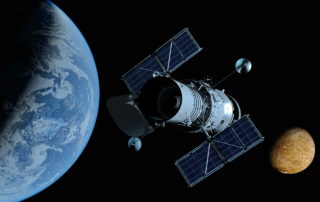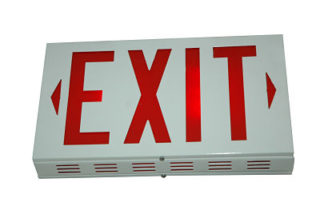One Giant, 50-Year Leap: How Apollo’s story can help fix NASA’s current brand problem
Imagine an organization with a name recognized in every country in the world, whose every move was watched by hundreds of millions of people, and whose successes fulfilled the dreams of a nation and inspired awe and admiration around the world. This was NASA in the 1960s. I was five years old when Neil Armstrong [...]











